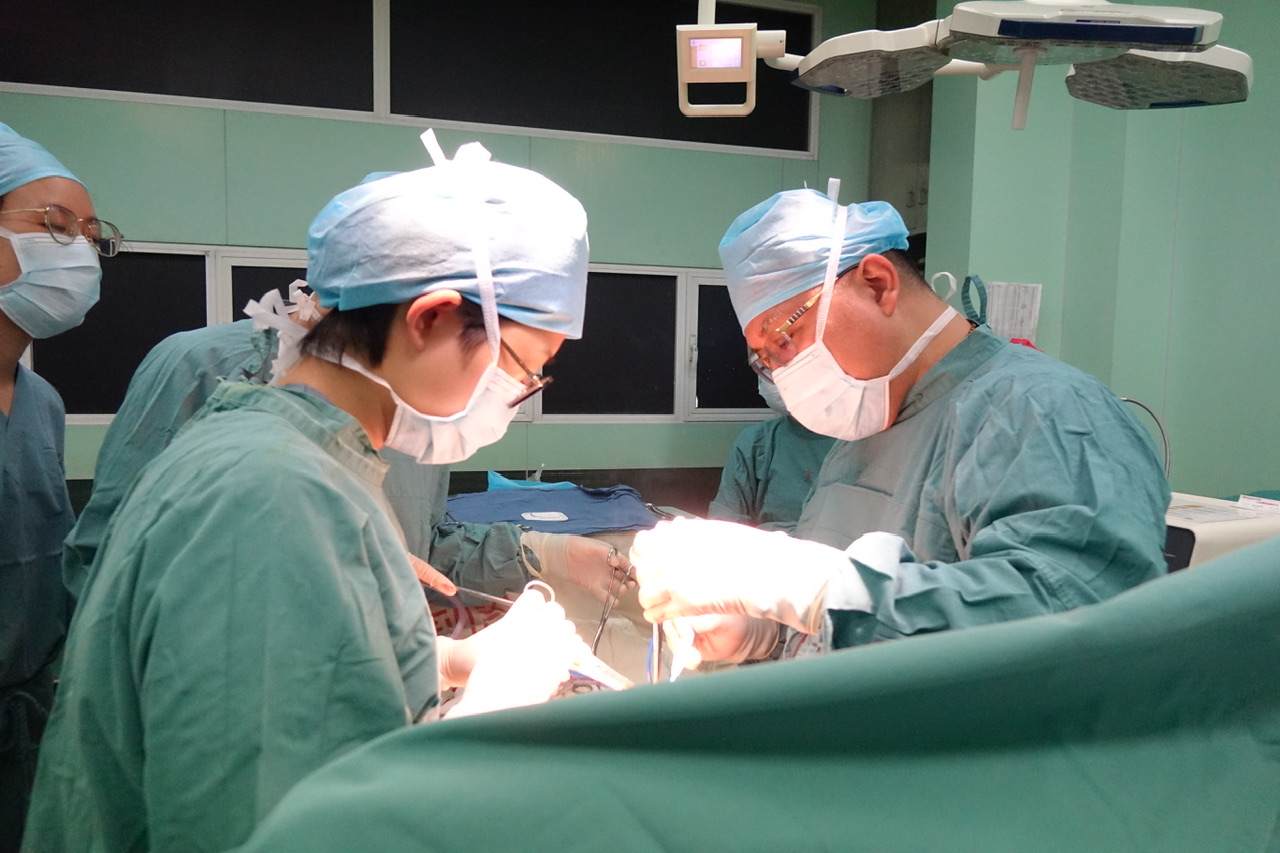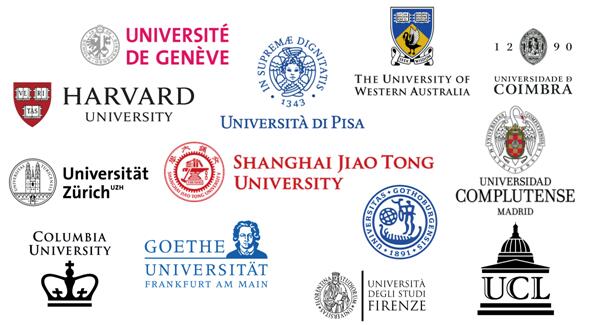Unexpectedly, the internal organs have come out! The multidisciplinary team of Zhongshan Hospital successfully dismantled the bomb, and the grandfather's abdomen was as huge as a pregnancy in October. Surgery | blood vessels | viscera
The abdomen is huge like being pregnant for ten months, with skin ulcers and rags on the raised area of the belly. Underneath the thin skin are faintly visible internal organs, which look like a "big ball" about to explode... When Mr. Luan came to Zhongshan Hospital affiliated with Fudan University for consultation, Professor Dong Zhihui of the Department of Vascular Surgery took a breath. In the end, after joint diagnosis and treatment by experts from multiple disciplines, the patient was successfully disarmed, and Mr. Luan was also discharged smoothly recently.
Four months ago, 73 year old Mr. Luan suddenly experienced persistent abdominal pain and difficulty in defecating. The local hospital diagnosed him with "umbilical hernia with small intestinal impaction and obstruction" and performed exploratory laparotomy and hernia repair surgery. However, two months after the surgery, the wound did not heal for a long time, and the stomach became increasingly swollen. As time goes by, even fist sized bulges grow around the edge of the knife, and the nearby skin repeatedly breaks and becomes infected. This has caused a huge burden on Mr. Luan's physical and mental health, and his daily life has been severely affected.
"At first glance, I saw his huge belly. Due to the nearly 10 centimeter hernia, nearly half of the small and large intestine had already protruded outside the abdominal cavity," said Dong Zhihui.
The CT situation is even worse: the patient has an aneurysm in the thoracic aorta with a diameter exceeding 5.5 centimeters, which is nearly twice the diameter of a normal blood vessel. If it ruptures, the consequences are unimaginable. At the same time, a thin layer of skin on the abdominal wall surrounds the protruding abdominal organs, with the thinnest area only 1.9 millimeters, and there are two 4x3 and 3x2 ulcers on the belly, which are at risk of breaking through at any time.
Dong Zhihui consulted Professor Fu Weiguo, Director of Vascular Surgery, and collaborated with Deputy Chief Physician Yang Ziang of General Surgery and Deputy Chief Physician Zhang Xiaoguang of Anesthesiology Department for multidisciplinary consultations. After thorough discussion, experts have decided to have vascular surgery perform endovascular treatment on the aneurysm first, remove the life-threatening time bomb, and then have general surgery repair the abdominal wall defect.
Older age, obesity, underlying diseases, poor postoperative recovery, and the need to undergo two consecutive surgeries... Doctors and patients face too many challenges to overlook.

How to remove the "time bomb" in the chest while controlling the size of the trauma? After careful consideration, Dong Zhihui decided to insert a covered stent to isolate the aneurysm, reduce the impact of blood flow on the tumor, and achieve the goal of preventing tumor rupture. After developing a detailed surgical plan, the experts only successfully removed the bullet through a incision of less than 1 centimeter. The day after the surgery, Mr. Luan transferred to the general surgery department and waited for subsequent hernia repair surgery.
In the face of huge abdominal wall defects and repeated skin ulcers and infections, Dr. Yang Ziang of the General Surgery Department decided to have Mr. Luan carry out sufficient preoperative preparation, wear abdominal straps every day to compress the abdomen, adapt to the state of intestinal return into the abdominal cavity in advance, and blow balloons to exercise lung function and avoid postoperative pulmonary dysfunction.
Two weeks later, Dr. Yang Ziang led a team to perform a "tension-free repair surgery for giant abdominal incisional hernia" for Mr. Luan. During the surgery, he discovered that due to repeated skin infections in the past, an inflammatory mass with a diameter of about 6 centimeters had formed below Mr. Luan's navel. How to remove inflammatory masses and then perform abdominal wall repair has become a thorny problem. If no patch is used, it is almost impossible to successfully repair a huge abdominal wall defect; Once a patch is used, if a postoperative infection occurs, the patch becomes a foreign body that breeds bacteria and needs to be removed again, resulting in repair failure.
In response to this special situation, Dr. Yang Ziang used the Frame technique to divide the hernia sac peritoneum into upper and lower sections. The lower section closed a huge hernia ring with a diameter of about 11 centimeters. A patch was placed in front of the peritoneum, and the upper section of the peritoneum was used to cover and isolate the patch. Finally, the muscle layers of the abdominal wall that had moved apart on both sides were sutured and pulled together. After 3 hours of surgery, Mr. Luan's damaged abdominal wall was successfully repaired, and the second "bomb" was dismantled from then on.
After undergoing two surgeries, the "ball" in Mr. Luan's stomach finally disappeared, and the patient's recovery is currently good.




